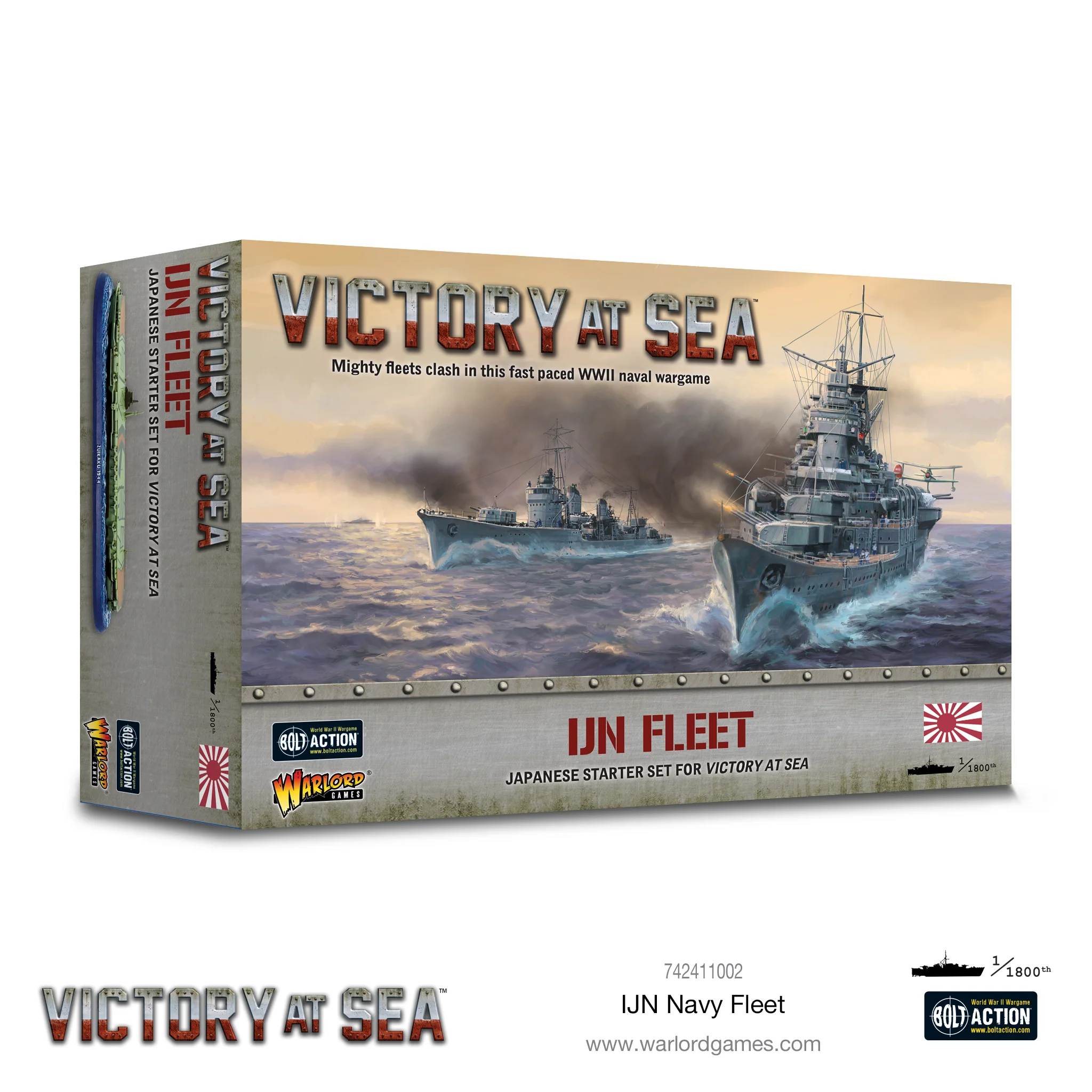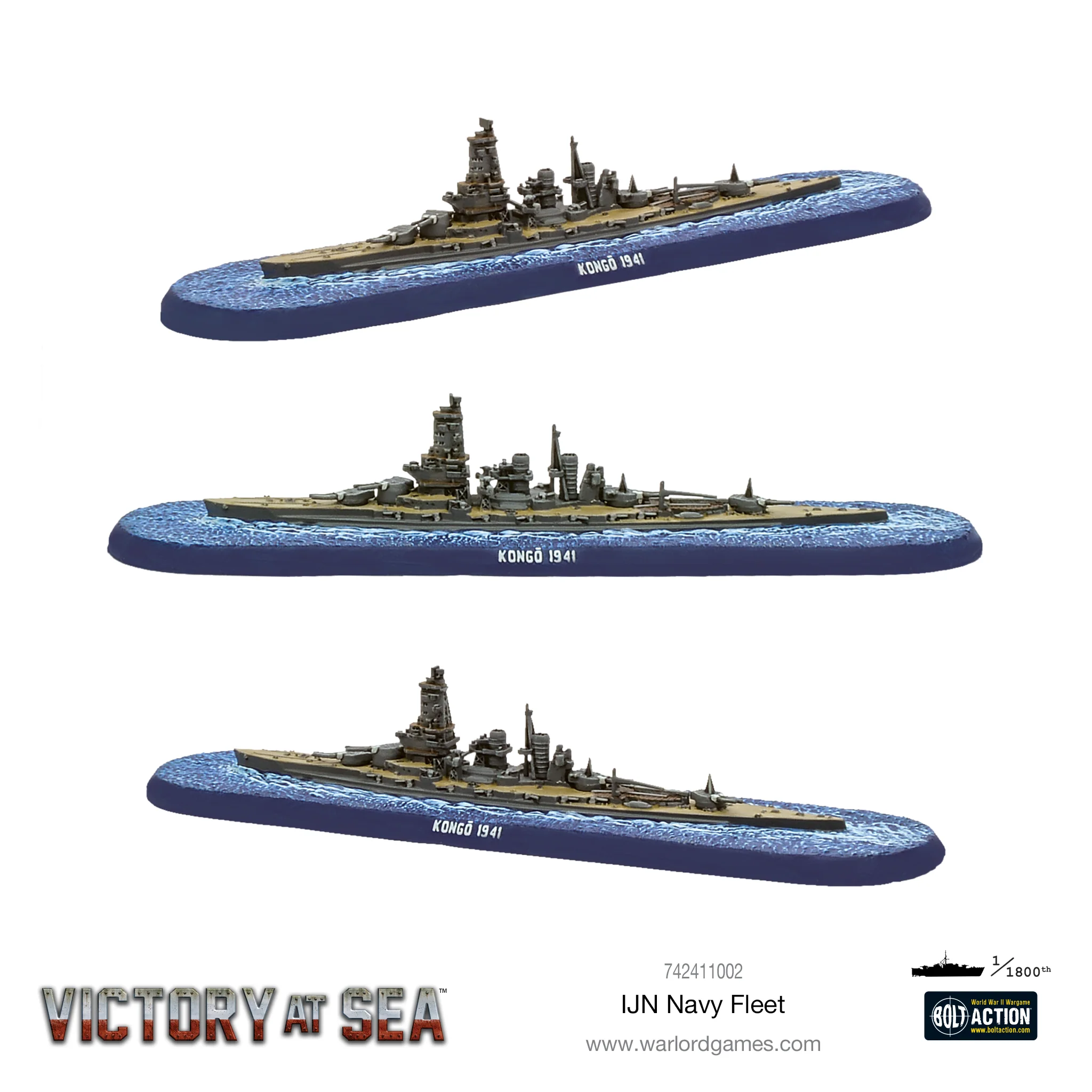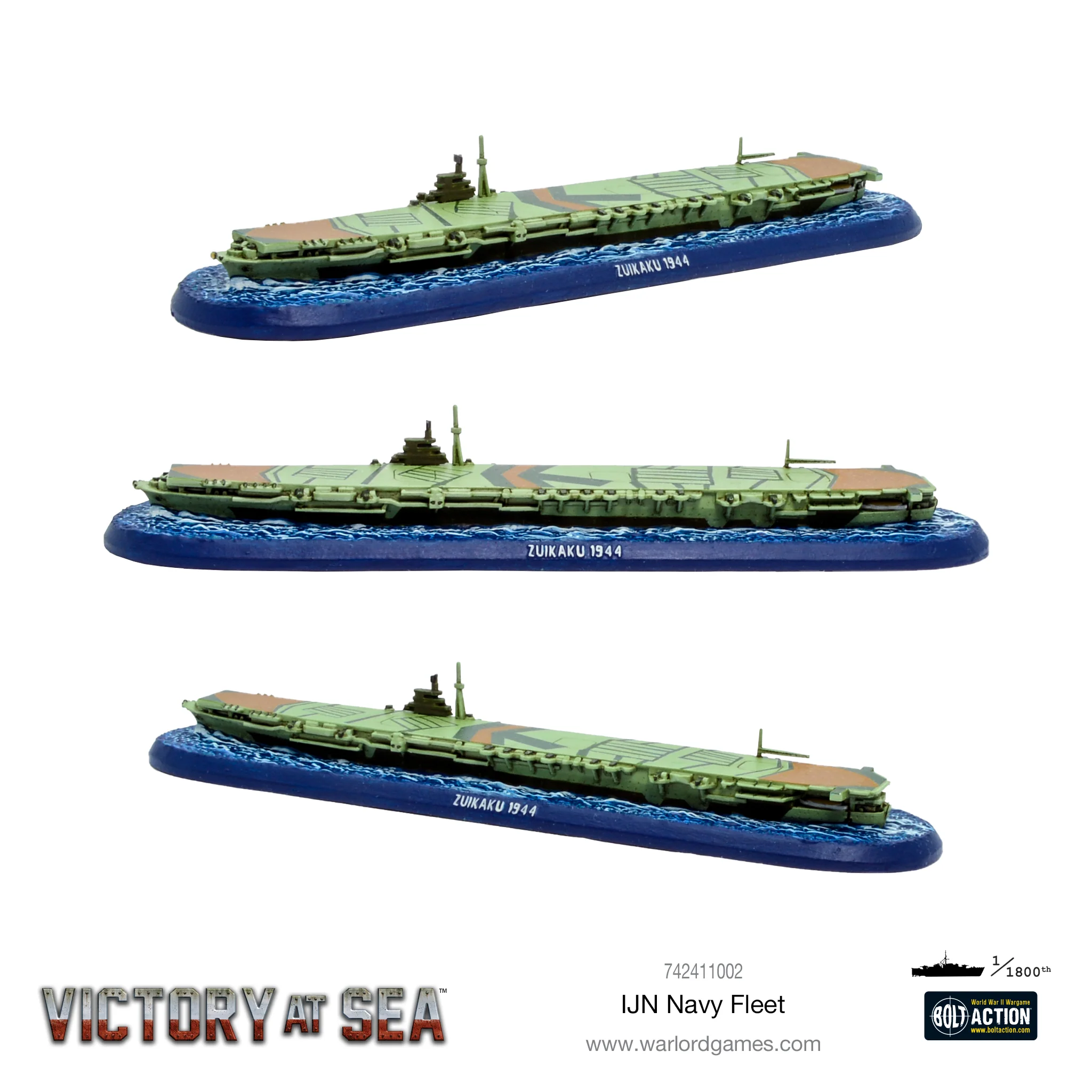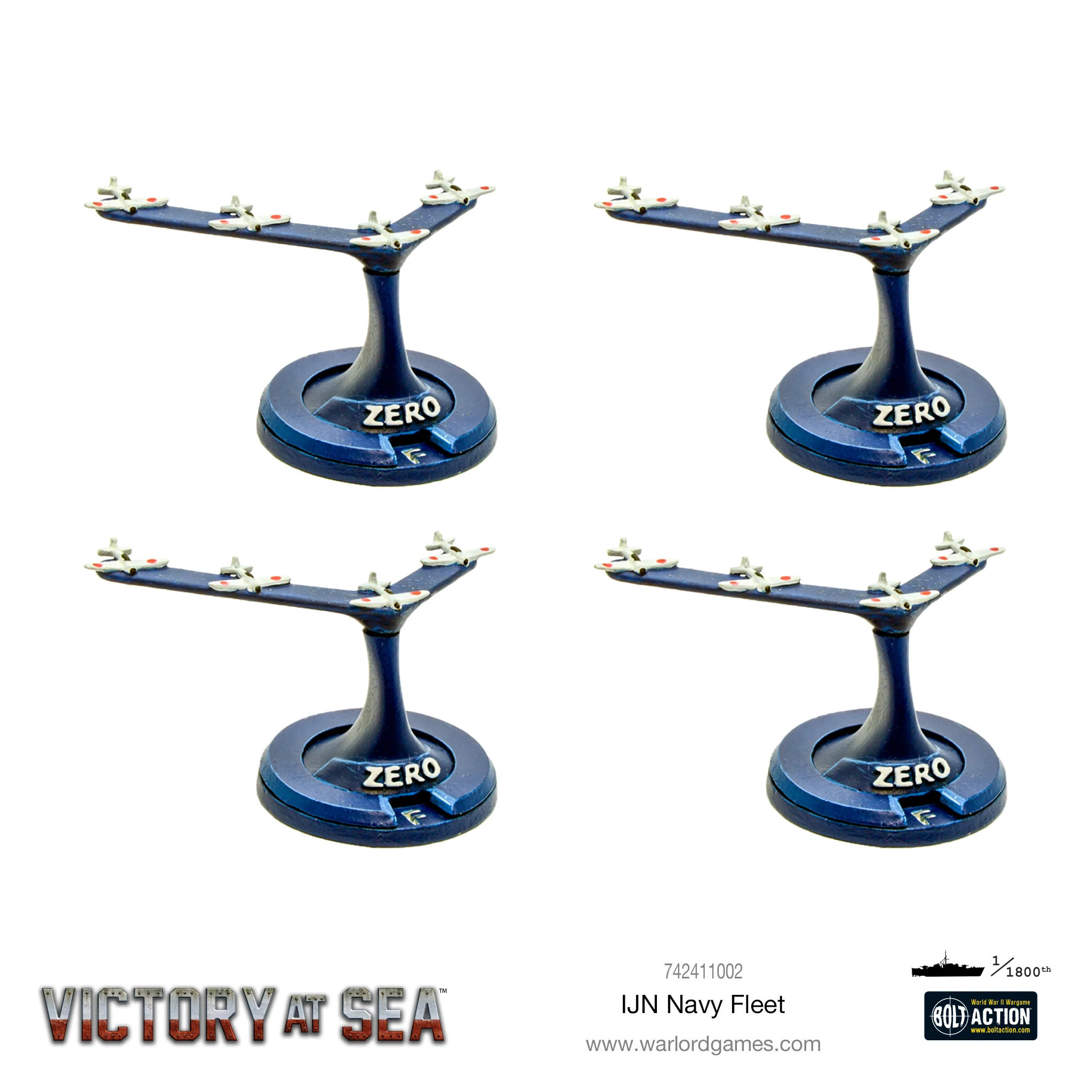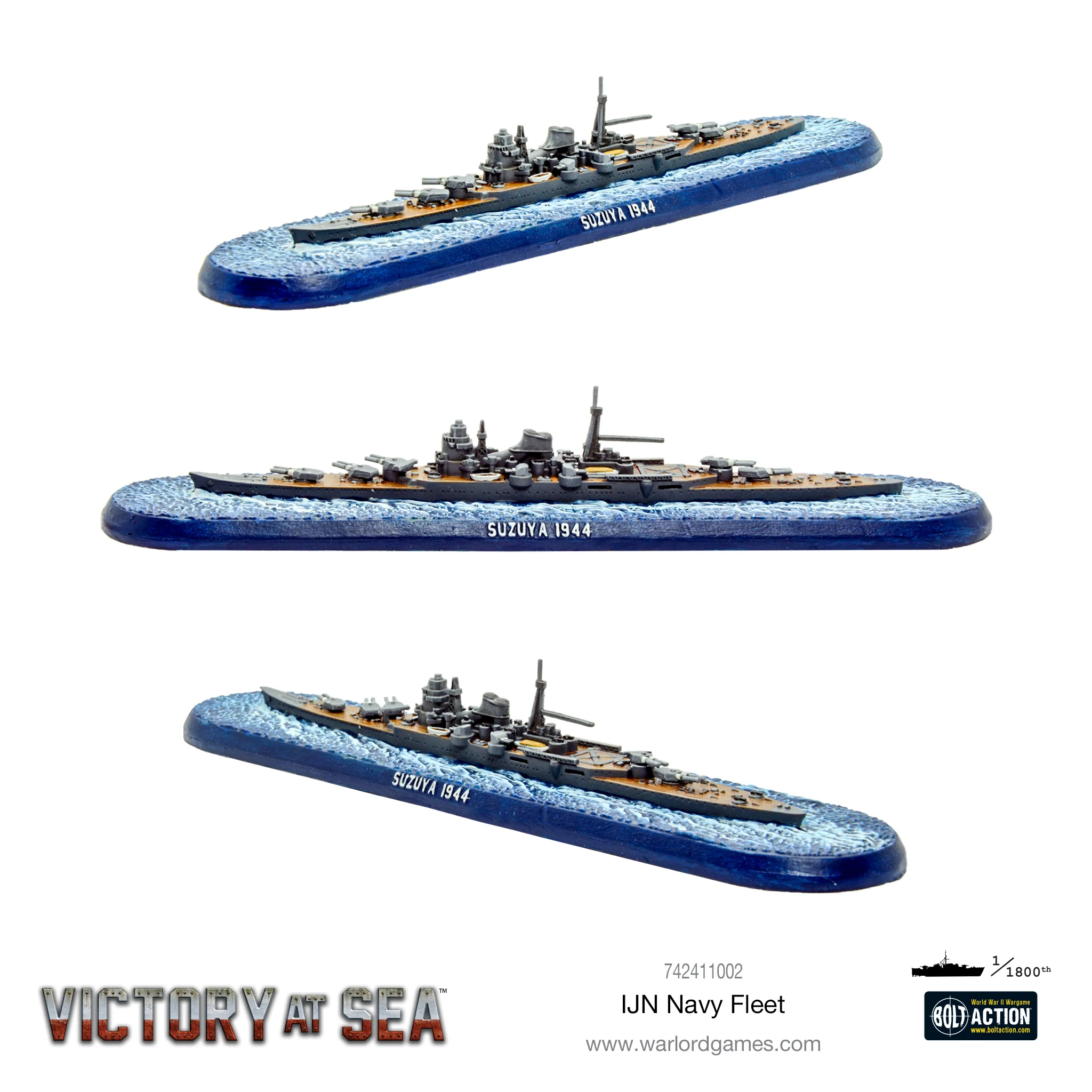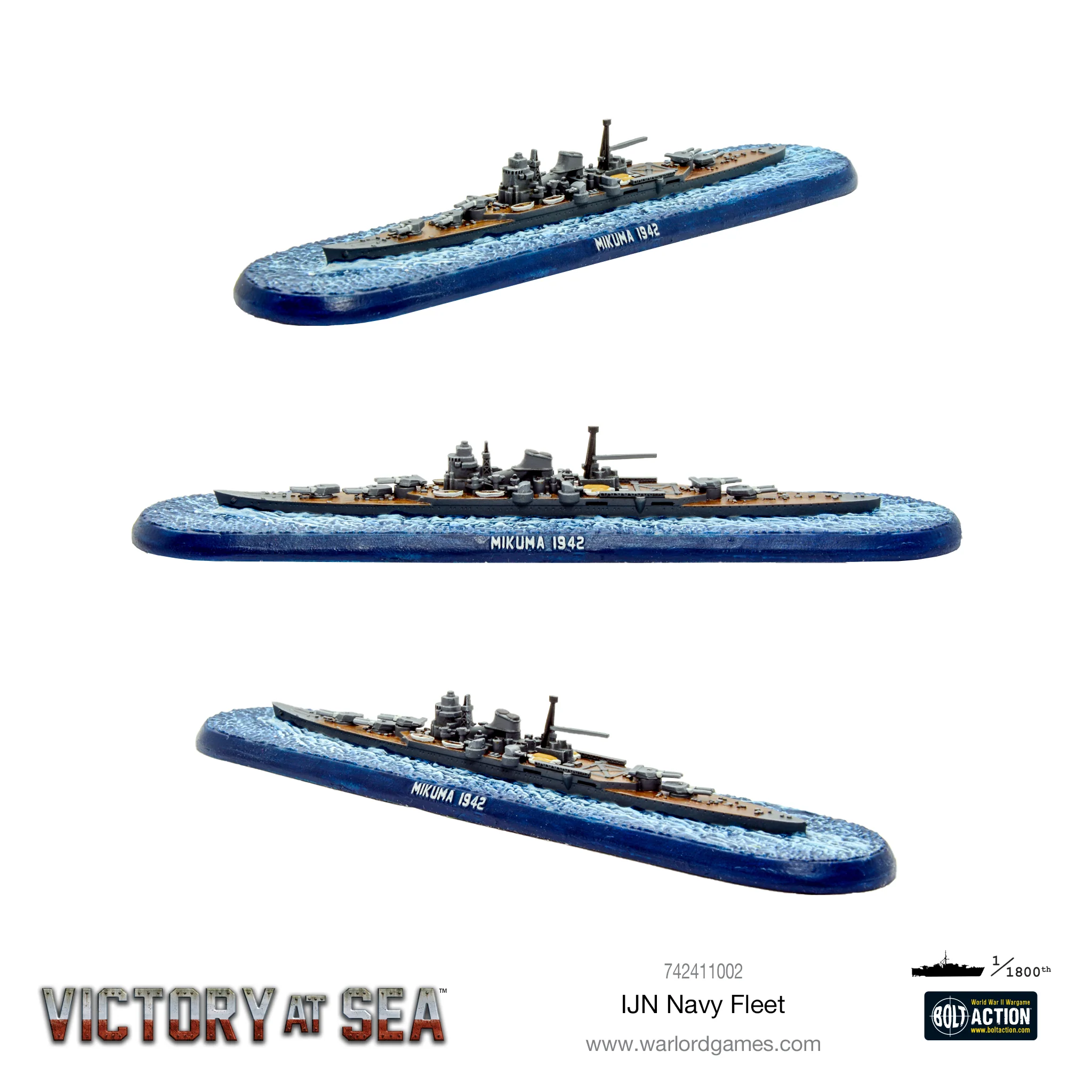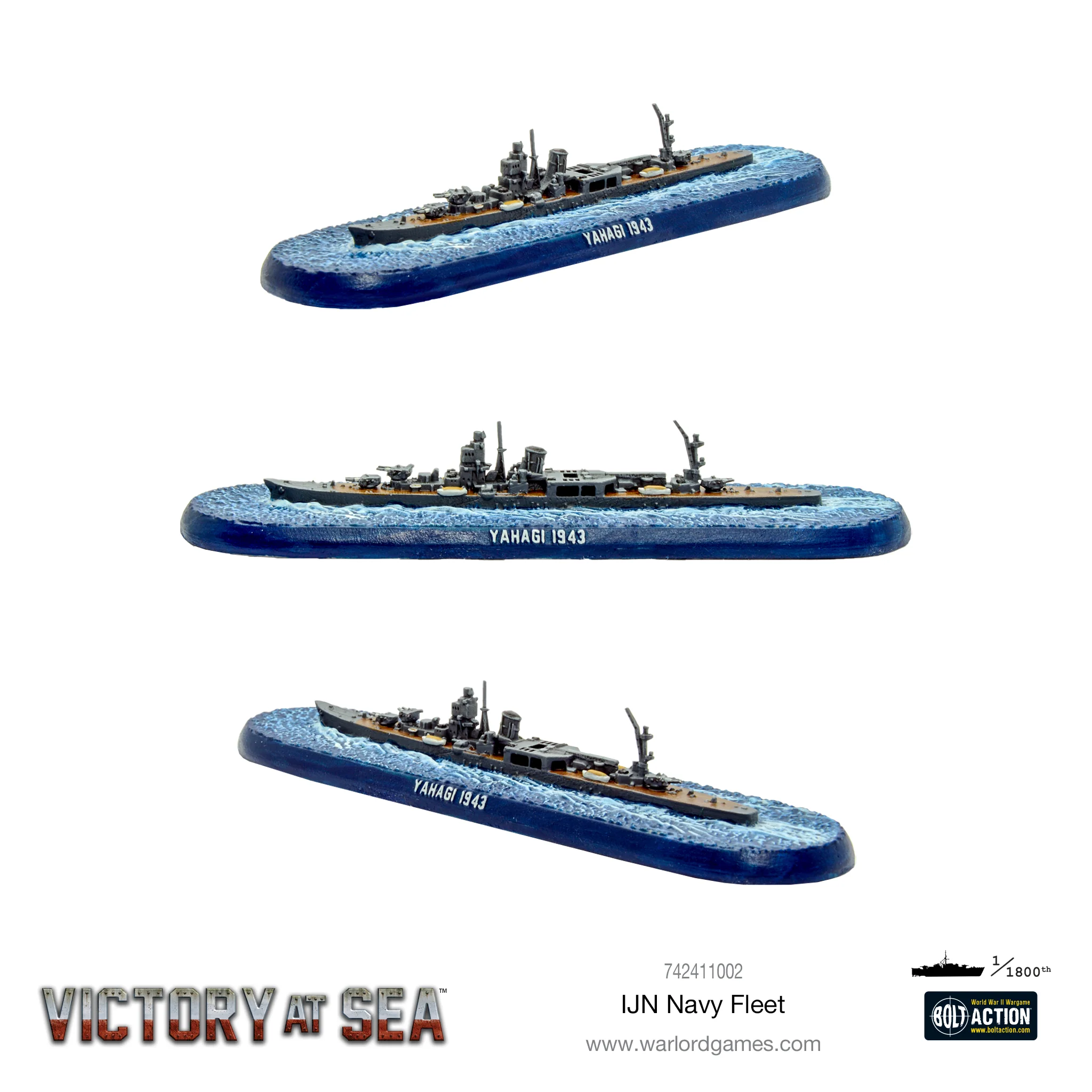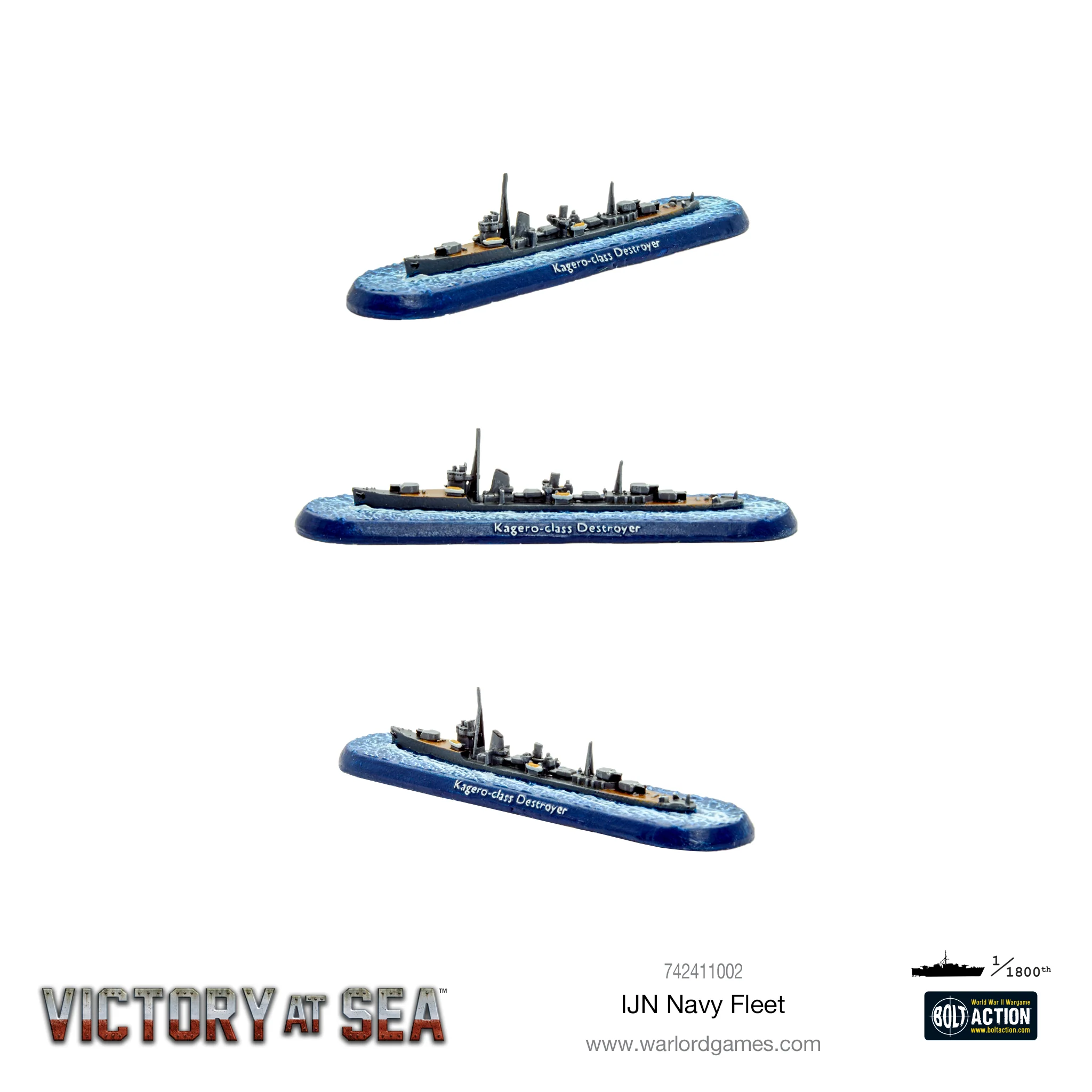Victory at Sea IJN Fleet
+
- สินค้าพร้อมจำหน่าย
สั่งได้ ส่งฟรี ส่งไว ภายใน 1-2 วัน
สอบถาม สั่งซื้อสินค้า คุยกับทีมงานได้ทางแชทเพจ
https://www.facebook.com/LegendaryWargame
For centuries, Japan's policy of seclusion (sakoku) saw it concentrate on coastal defences in order to repel foreign vessels. However, with the advances other maritime nations were making, it eventually became obvious that no longer would Japan be able to ignore the rest of the world. As an island power, it needed a modern navy. Turning to Britain for assistance, Japan quickly created a powerful modern fleet. It was this capable and confident navy that came out to fight the American Pacific Fleet.
The Japanese understood the potential of air power early and created an effective carrier arm. In addition to the carriers, the Imperial Japanese Navy possessed a powerful battleship force, which included the largest and most powerful battleships in the world, the Yamato and the Musashi. The Imperial Japanese Navy's potential was demonstrated in the attack on Pearl Harbor in 1941. Using armour-piercing bombs and torpedoes, Japanese aircraft inflicted tremendous damage on the American Pacific fleet as it lay at anchor.
Midway was the turning point of naval war in the Pacific and, from then on, the Imperial Japanese Navy was unable to make any headway against the increasing carrier strength of the US Navy. With the victorious Allies pushing towards the Japanese islands, the Imperial Japanese Navy fought desperately to keep them at bay. Kamikaze aircraft and other suicide weapons were deployed, and eventually warships of the Imperial Japanese Navy made death-rides against US forces.
Contents:
- Kongō -class Battleship Kongō 1941
- Shōkaku-class Carrier - Zuikaku
- Mogami-class Cruiser - Suzuya 1944
- Mogami-class Cruiser - Mikuma 1942
- Agano-class Cruiser - Yahagi 1943
- Kagero-class Destroyer 1941 x3
- Fighter Aircraft - Mitsubishi A6M2 Zero x 4 flights
- Ship Cards and Damage Sliders
- Assembly Instructions
